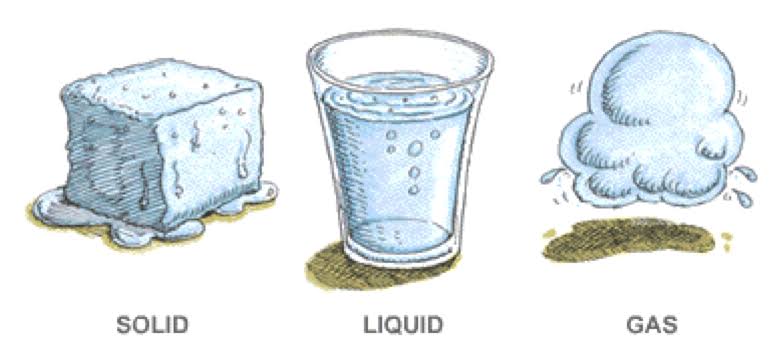Chapter 6: Physical and Chemical Changes

Matter is capable of undergoing changes, which are classified as either physical or chemical. Physical changes in matter are reversible: An ice cube can melt into liquid water, and then the liquid water can be frozen back into an ice cube. Chemical changes, on the other hand, are not reversible: A log burned in a fire turns to ashes, but the ashes cannot be changed back into a log
Physical changes

In a physical change, the material involved in the change is structurally the same before and after the change. Types of some physical changes are texture, shape, temperature, and a change in the state of matter. A change in the texture of a substance is a change in the way it feels. For instance, a block of wood may feel rough when you run your finger across it but rubbing the wood with sandpaper smooths the surface so it no longer feels rough. The wood itself has not changed during sanding to become a new material, only the texture of the surface changed. A piece of metal may be heated in a fire until it glows, but the metal is the same material before heating and after cooling. Similarly, when a material changes phase, it only changes physically; the substance is still the same.

 Param Publication
Param Publication
 Grow Career Publication
Grow Career Publication
